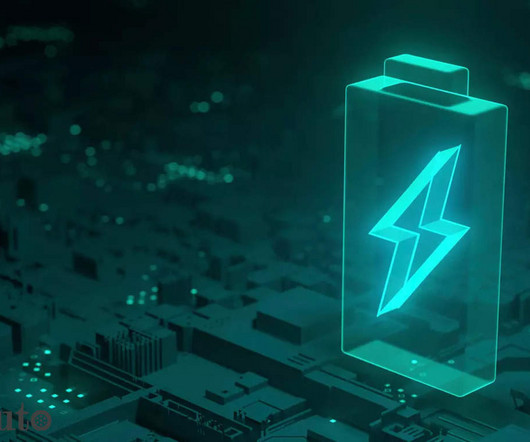Stanford study quantifies energetic costs of grid-scale energy storage over time; current batteries the worst performers; the need to improve cycle life by 3-10x
Green Car Congress
MARCH 10, 2013
As the percentage of electricity supply from wind and solar increases, grid operators will need to employ strategies and technologies, including energy storage, to balance supply with demand given the intermittency of the renewable supply. When demand is high, the water is released through turbines that generate electricity.











Let's personalize your content